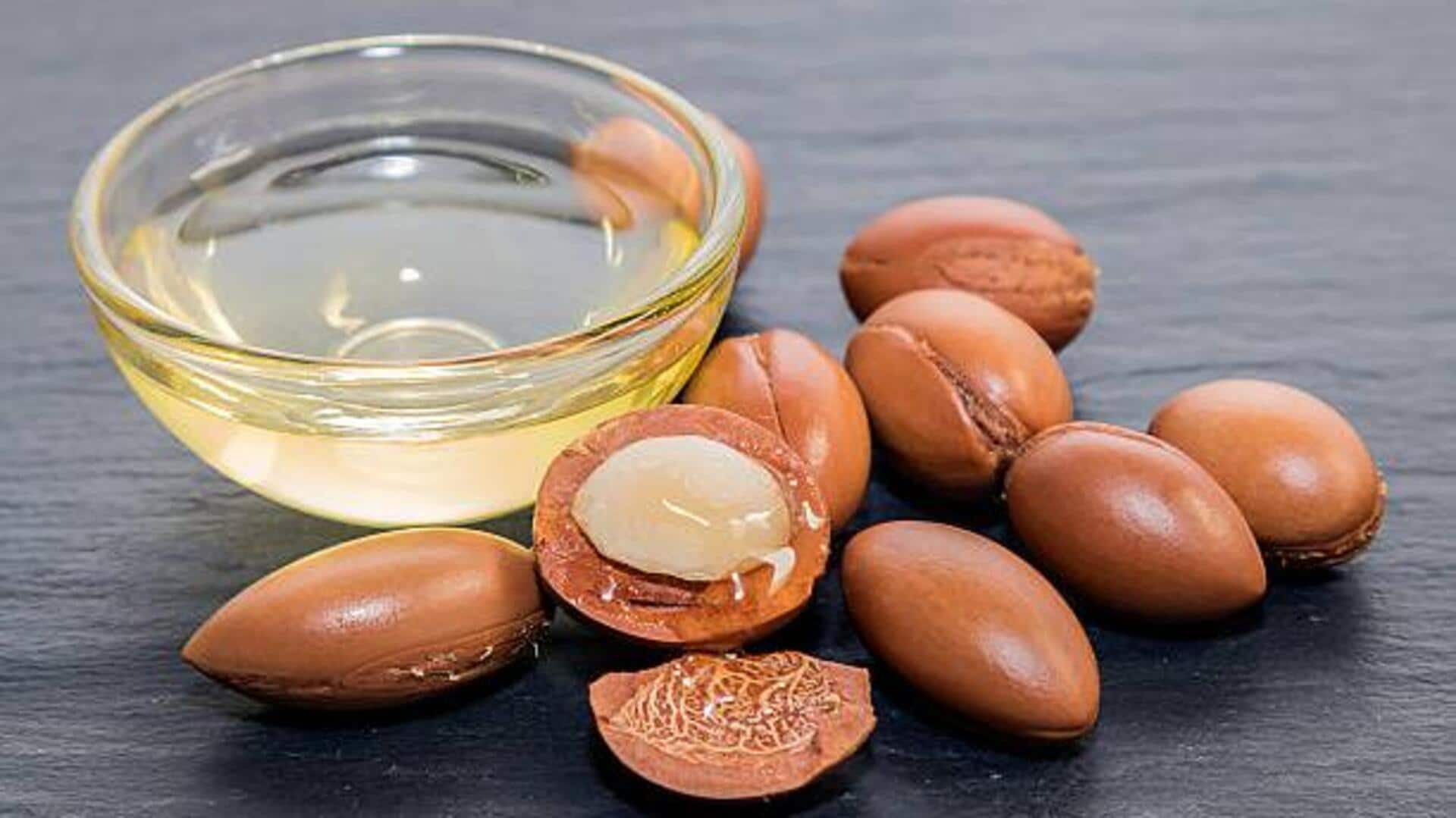Brush Cleaning Basics
The importance of cleaning your hairbrush is often underestimated. Regular cleaning removes accumulated hair, product residue, and dead skin cells. This
buildup can transfer back to your hair, causing dullness, irritation, and even breakouts on your scalp. Cleaning your brush frequently not only ensures better hair health, but also extends the lifespan of the brush. Make cleaning a routine part of your self-care for a cleaner, healthier scalp and more vibrant hair. A clean brush means a clean slate for your hair, allowing your hair products to perform as intended, and preventing unnecessary buildup that weighs your hair down.
Removing the Hairs
The first, and perhaps most obvious, step is removing loose hairs from your brush. Use your fingers, a comb, or even tweezers to gently pull out the accumulated hair. For brushes with closely spaced bristles, a rat-tail comb can be particularly useful for navigating the bristles and dislodging stubborn strands. Ensure you remove all visible hairs before you move on to the next steps. This makes the cleaning process more effective and ensures that the cleaning solutions can properly reach the brush base. Taking the time to thoroughly remove hair will also prevent any potential clogs during the washing phase. It is a simple task but one that immediately improves the efficiency of your brush cleaning efforts.
Soap and Water
Once you've removed the hair, it's time to wash the brush. Start by filling a sink or bowl with warm water and adding a small amount of mild shampoo or soap. Avoid using harsh detergents, as these can damage the bristles or the brush itself. Soak the brush in the soapy water for a few minutes to help loosen the buildup. Gently agitate the brush in the water, ensuring that the soap solution reaches all parts of the bristles. Then, rinse the brush thoroughly under running water until all the soap is removed. Ensure all residue is rinsed away to prevent soap buildup that can dry your hair.
Dealing With Buildup
For particularly stubborn buildup, you might need a more targeted approach. Consider using a toothbrush or a similar small brush to scrub between the bristles and remove any stubborn residue. If you find that hair product residue is particularly challenging, you can soak the brush in a solution of baking soda and water. This creates a gentle, but effective, cleaning agent. Let it sit for a few minutes, then scrub and rinse. For oil-based product residue, you might want to add a small amount of dish soap. Remember to thoroughly rinse the brush afterward to remove any remaining cleaning agents to prevent any adverse effects on your hair.
Drying Properly
Drying your hairbrush properly is as crucial as cleaning it. After rinsing, gently shake the brush to remove excess water. Then, lay it on a clean towel with the bristles facing down. This will prevent water from pooling at the base of the bristles, which can promote the growth of mold or mildew. Allow the brush to air dry completely before using it. Avoid using a hairdryer, as heat can warp or damage the bristles. Ensure your brush is completely dry before storage to prevent the growth of unwanted bacteria. Making sure your brush is completely dry will help extend its lifespan and keep your hair and scalp healthy.


